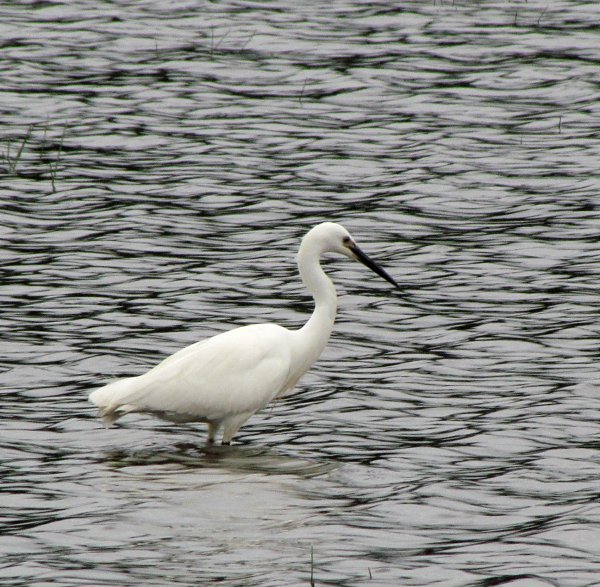Another week has gone by and at last we're starting to get the first hints of the return passage. Highlights on the bird front this week were a COMMON SANDPIPER and two LITTLE RINGED PLOVER today and also a second LRP and an OYSTERCATCHER mid-week reported by Sydney Penner. The flood waters have receded enough to reveal some nice mud that the plovers require in order to stop over so as long as the waters aren't topped up again too much we should continue to get the odd wader dropping in occasionally from now on. Gull numbers are building continually and tonight there must have been about 500 black-headed gulls roosting on the floods. I've not seen the LITTLE GULL this week though Sydney Penner reported it mid-week. There are at least 4 common terns about and a few larger gulls are starting to drop in now so it will soon be time to start looking out for yellow-legged gulls. On the duck front it's the usual stuff though I did notice that the Rosy-billed Pochard was back on the floods for the first time in quite a while. There have been up to 9 little egrets around and good numbers of grey herons as well. Along the Castle Mill Stream I saw a kingfisher this evening and the little grebe is still about. Mid-week I had a HOBBY fly over my house which nice to see, that's only the second one seen this year on the patch though we usually get more sightings in the autumn.

The Common Sandpiper this evening on the floods...
...and one of the Little Ringed Plovers. Both shots taken in very poor light.
On the butterfly front in Burgess Field the Marbled Whites, Meadow Browns and Ringlets are now out though only in modest numbers. There are still loads of Small Heaths and we should be getting the Small Skippers joining the Large Skippers soon. On the Trap Grounds there is a male Emperor Dragonfly holding court on the pond and loads of Common Blue Damsels there and along the ditch besides the allotments. I also saw a male Black-tailed Skimmer by the Meadow this week. Whilst still on the insect theme, I've been running a moth trap occasionally in the garden and this week I had my first immigrant moth of the year in the form of a Silver-Y.
Common Blue Damselfly
It's nice to have the Marbled Whites out now
The immigrant Silver-Y moth. It's amazing to think that such a
small creature migrates across the sea.
Let's hope that the return passage continues to build and that we start to get some decent birds. It's been a very poor year on the Year List front so far so there's some catching up to do.



















